Dimensions: 46 x 55 cm, with frame: 77 x 68 cm.
The painting is double-sided; the back of the canvas presents a portrait of a woman in profile with a pearl. Rippl-Rónai was the first to introduce a new modernity into Hungarian art. He approaches painting in a very eclectic way. He is gifted and permeates the painters around him. His painting style has evolved over his encounters and influences without ever being locked into any theory. This very sensitive portrait depicts a melancholy young boy with a soft three-quarter look. Her clothing, a blue blouse, matches the color of her light eyes. The background, painted in shades of brown, is neutral, leaving nothing to glimpse of the decor. The touch is removed, light and fluid, only the face is painted with more precision. This work dates from his Parisian period also called "the black period" during which the artist exhibited with the nabis and expressed himself using a restrained palette and limited pictorial means. We can also see the influence painters Eugène Carrière but also that of the American painter James Whistler.
After studying at the Academy of Fine Arts in Munich, Rippl-Ronaï arrived in Paris in 1887 where he joined the studio of his compatriot Mihàly Munkácsy, the Hungarian realist painter in vogue at the time. During the summer of 1889 in Pont-Aven, he discovered the Nabis painters and became enthusiastic about their paintings. With his friend Maillol, Rippl-Ronai became a member of the group, in which his talent secured him a prominent place and he exhibited with them from 1891. The “Hungarian Nabi” met Gauguin, Bonnard, Vuillard, Toulouse Lautrec. He met with great success during his first personal exhibition in 1892 at the Palais Galliéra. In 1902, back in Hungary, he painted vivid and colorful landscapes, portraits and scenes of family life. An exhibition entitled “Rippl-Rónai impressions 1890-1900” pays homage to him. In 1899, it was in Banyuls-sur-mer, with his friend Maillol, that he discovered the taste of painting more “joyful”, all in color. He then approaches a richly decorative style with a cloisonne design where the pure colors laid down by spots are surrounded by a thick black line. Between 1911 and 1913, his exhibitions in Frankfurt, Munich and Vienna met with great success. In 1911, he moved to Budapest and published his memoirs.
Museums: Paris, Musée d'Orsay, Musée National d'Art Moderne; Hungary, Budapest Fine Arts Museum, Hungarian National Gallery, Rippl-Ronai Museum in Kasovar. Houston Museum of Fine Arts, Metropolitan Museum of NY.











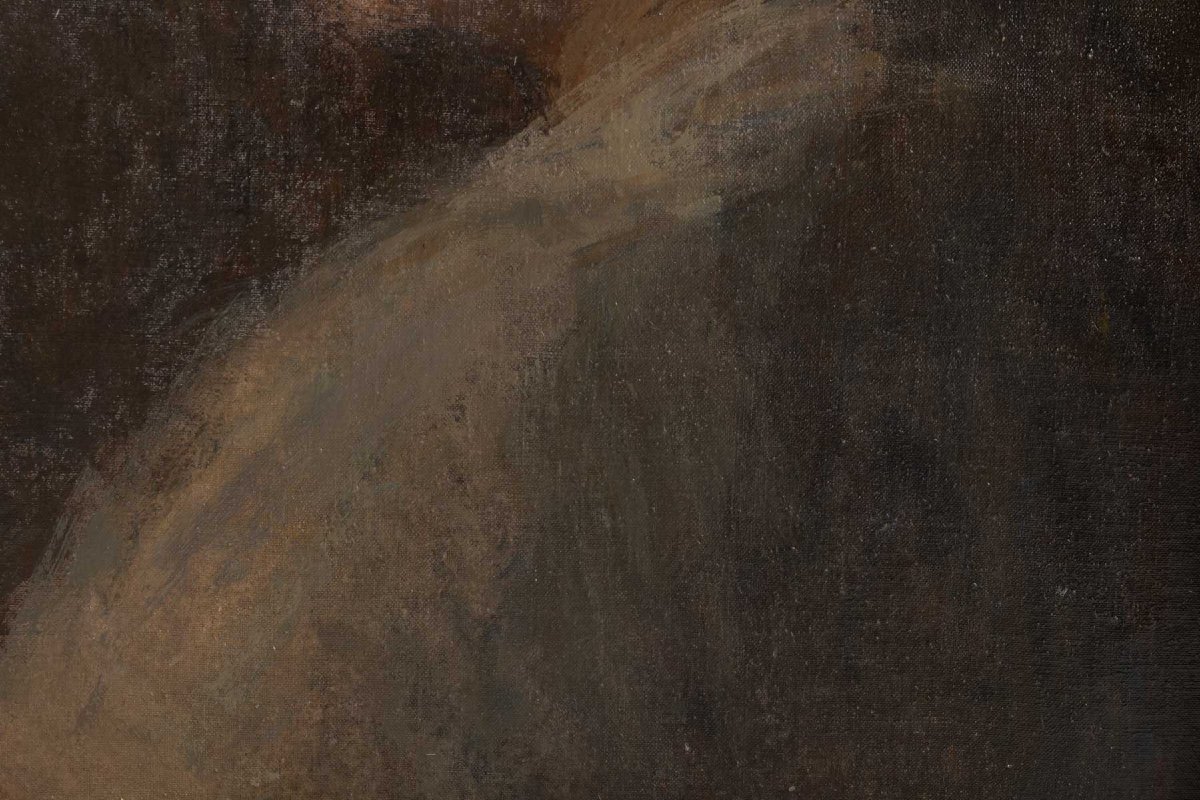


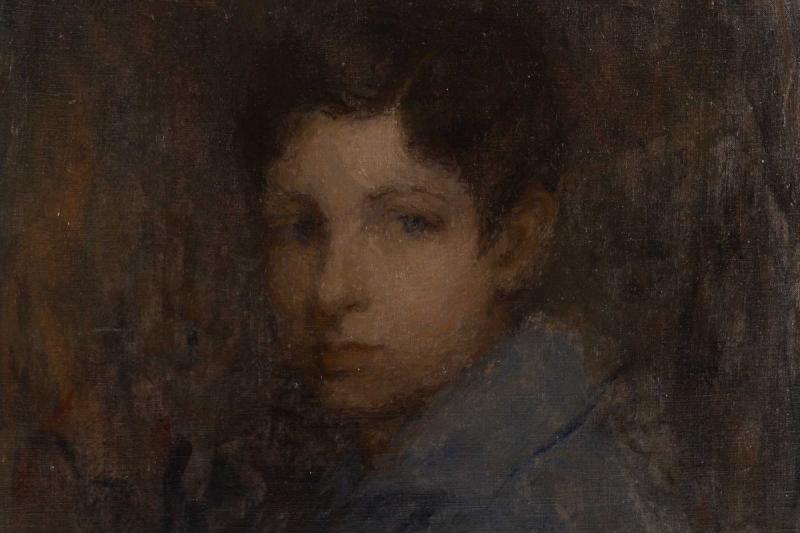




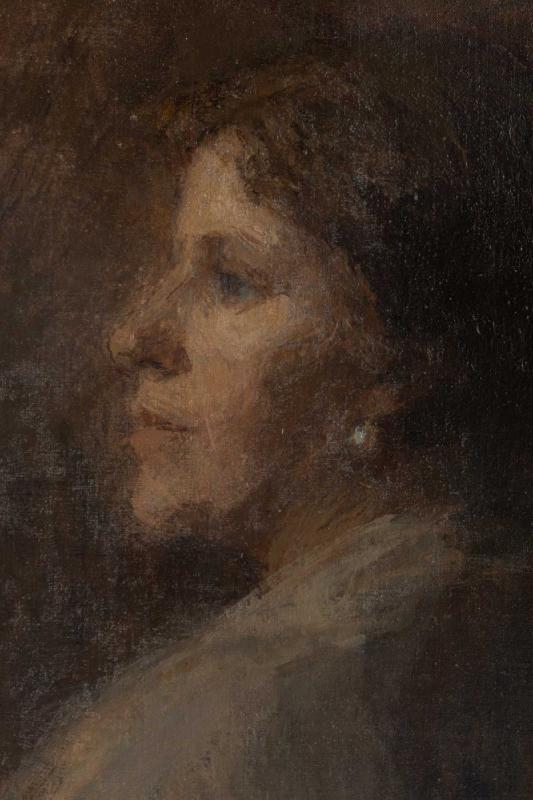







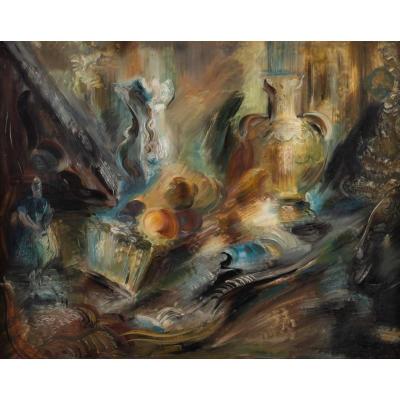





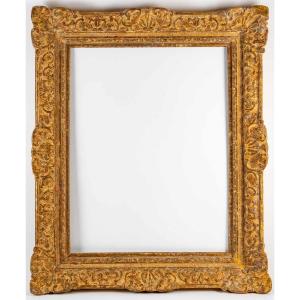





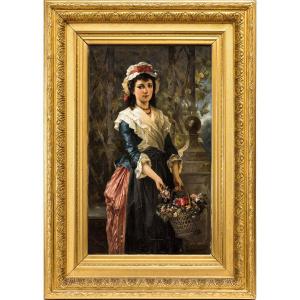






 Le Magazine de PROANTIC
Le Magazine de PROANTIC TRÉSORS Magazine
TRÉSORS Magazine Rivista Artiquariato
Rivista Artiquariato